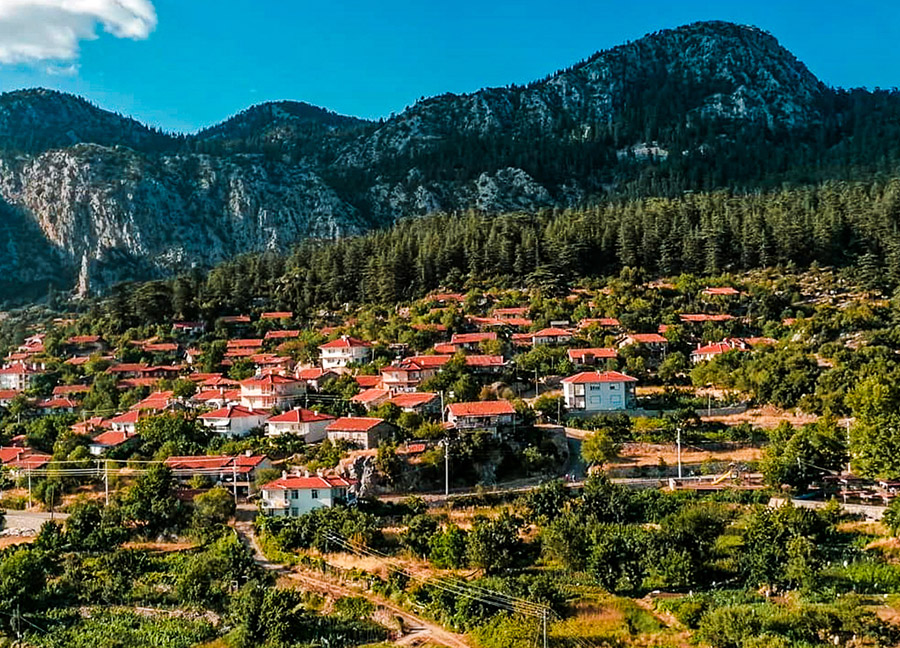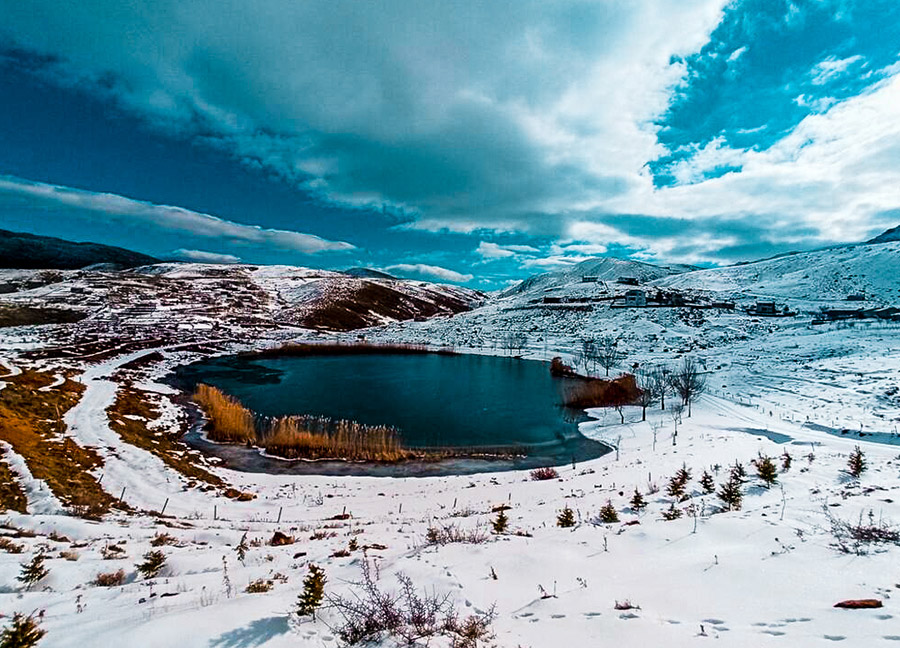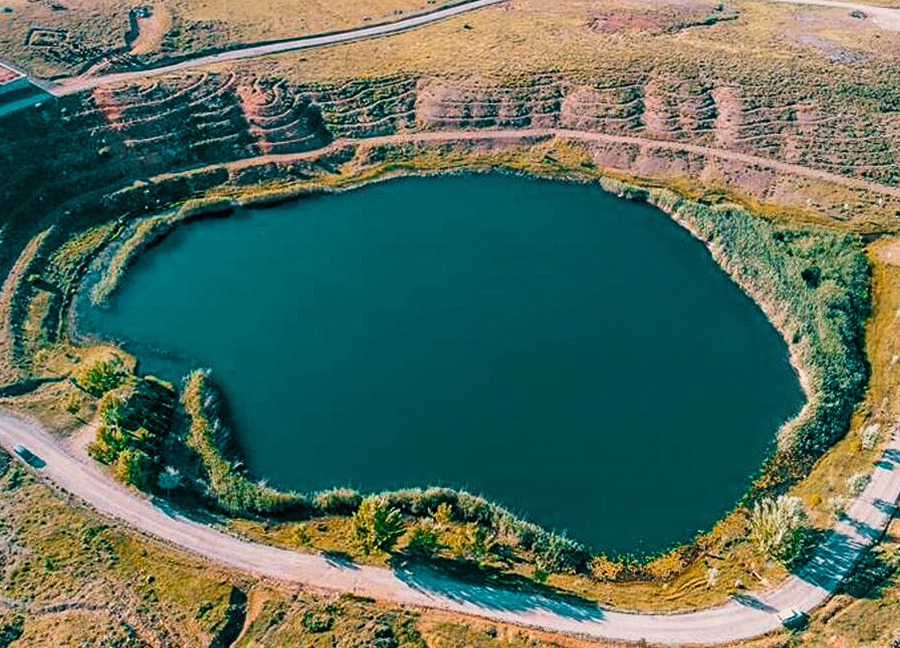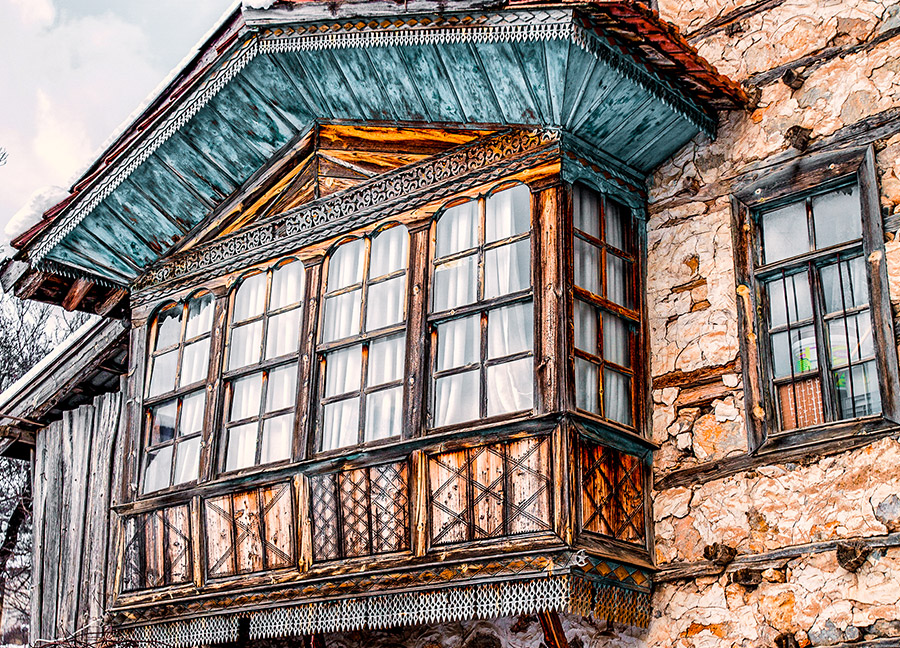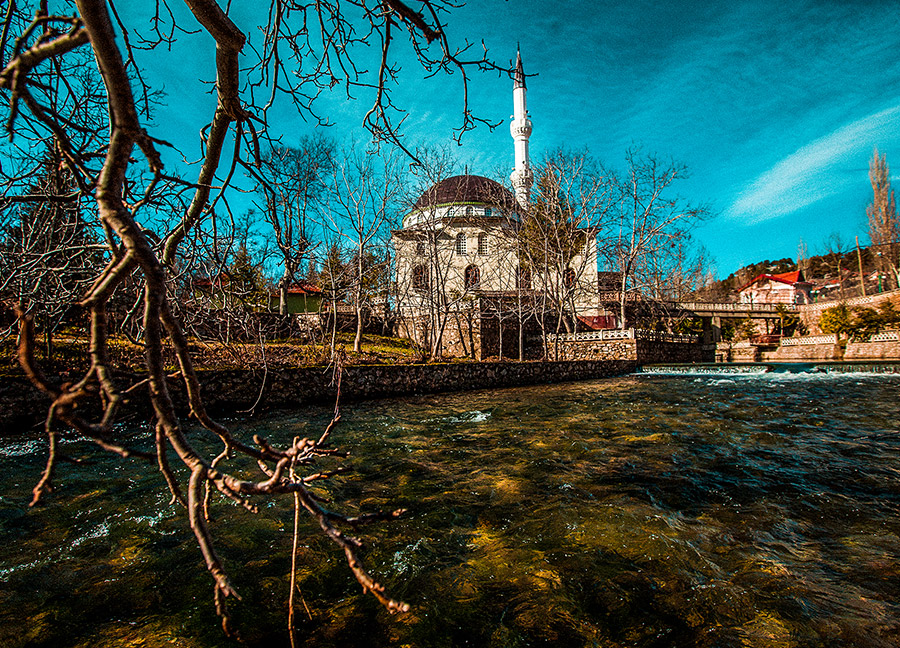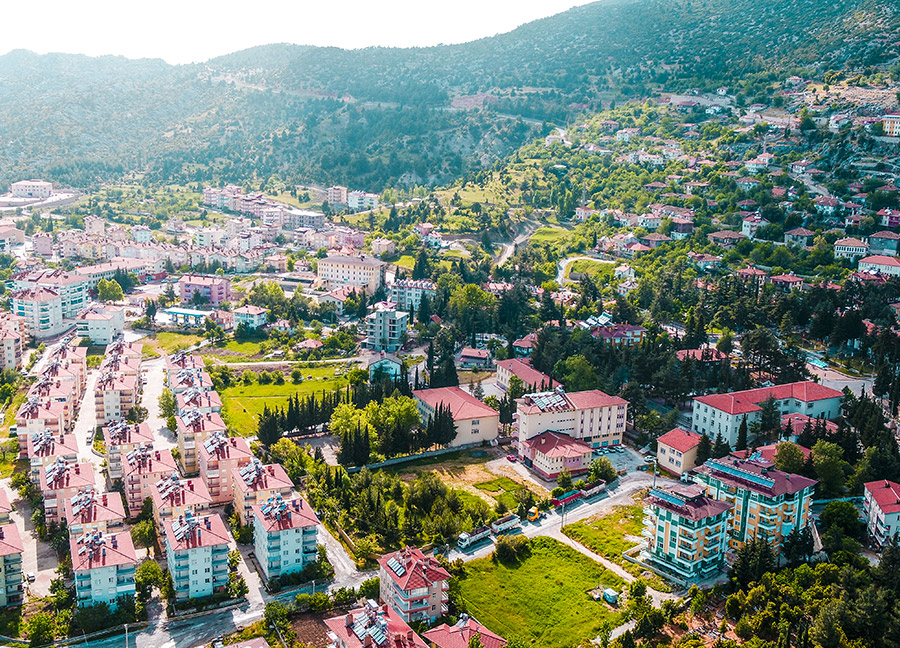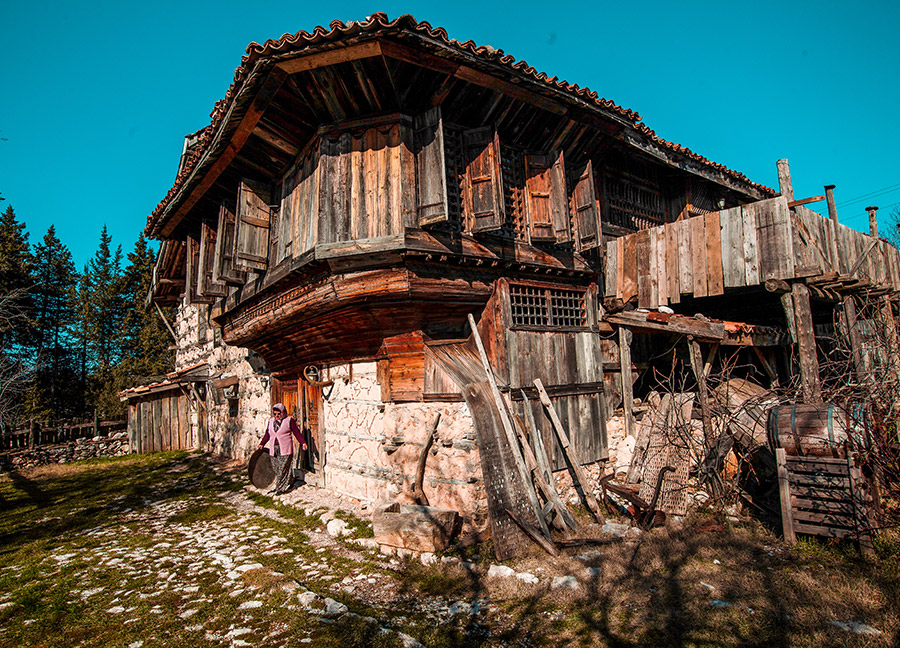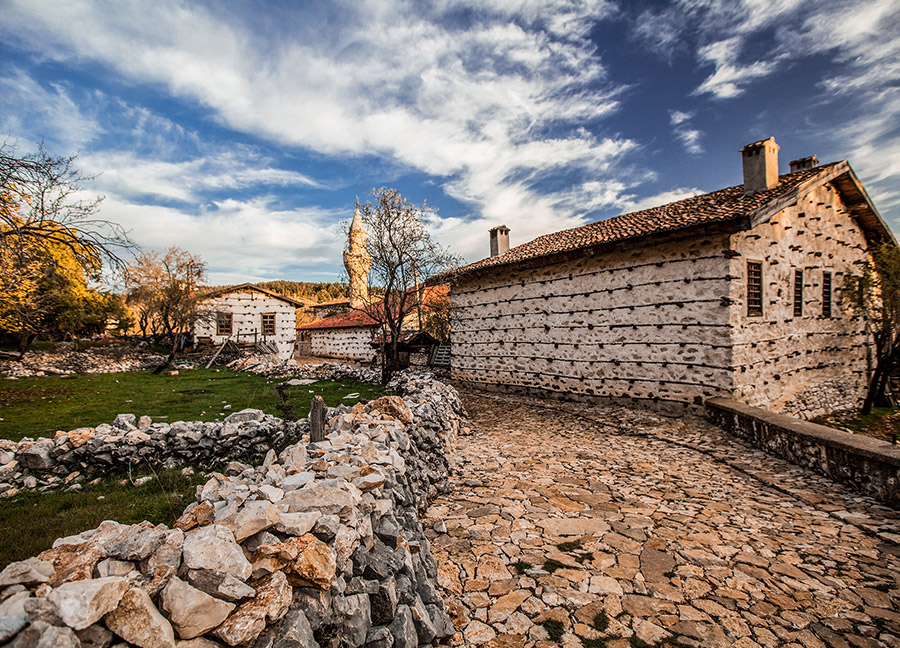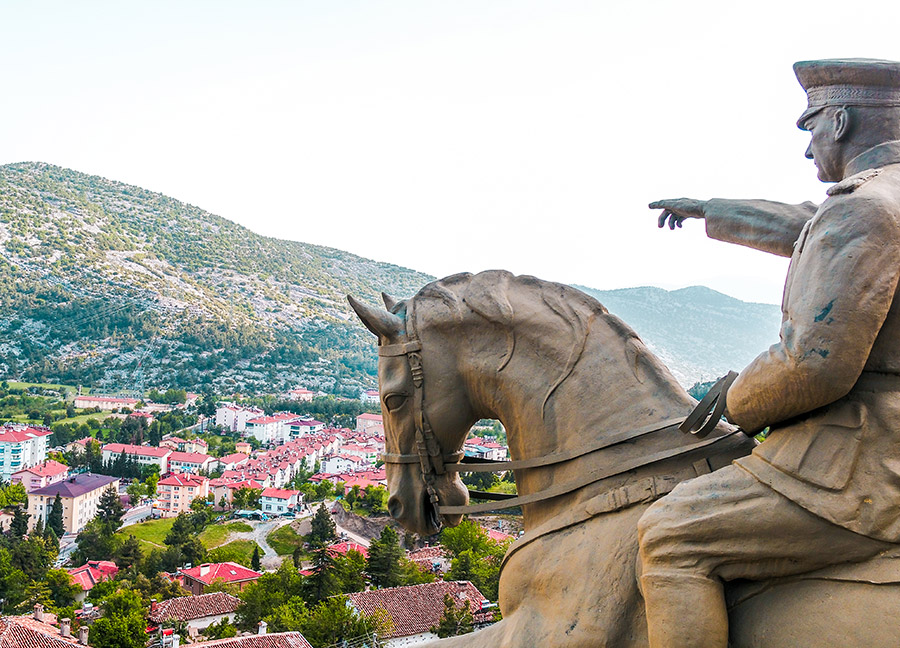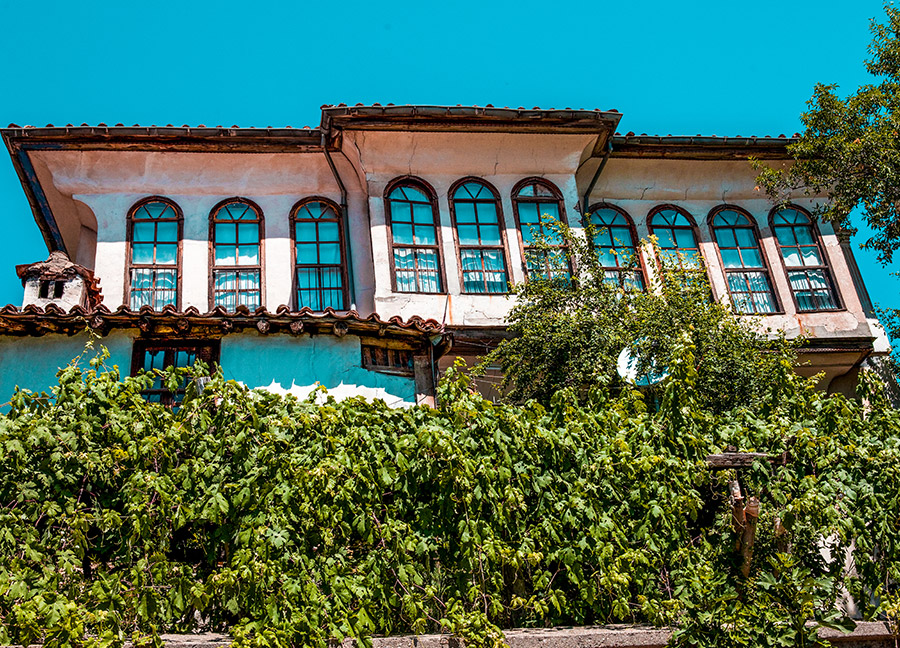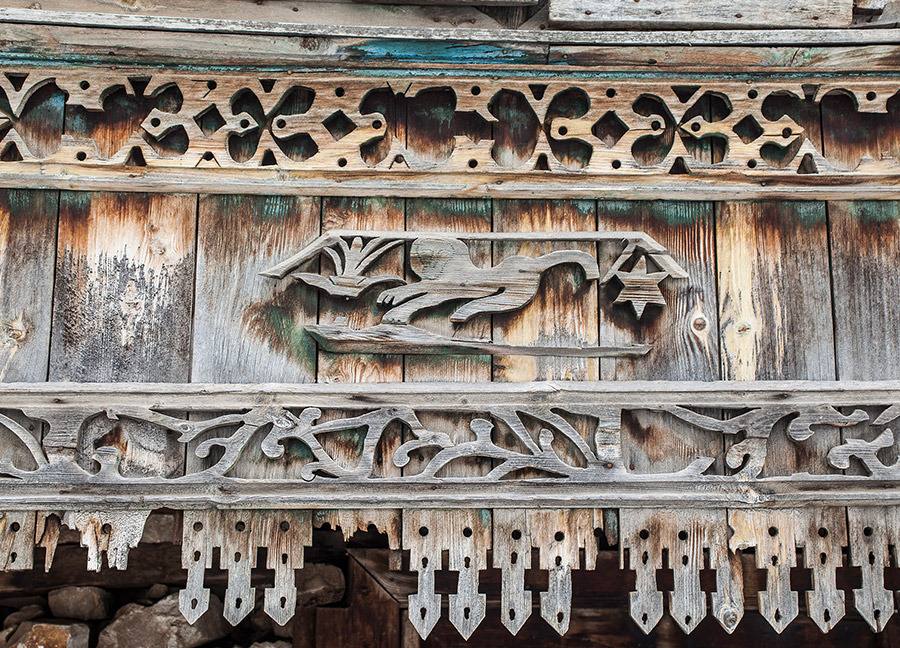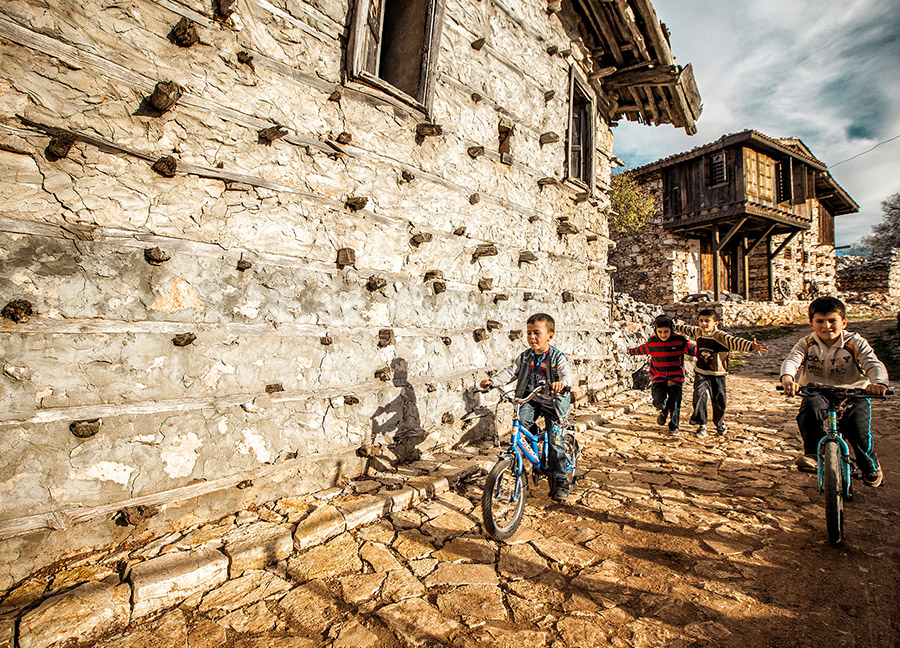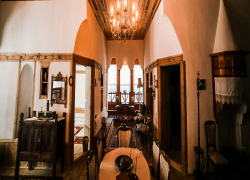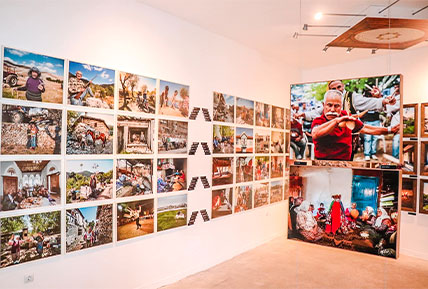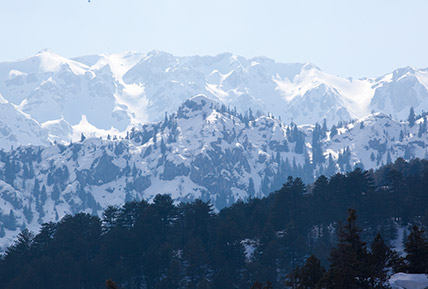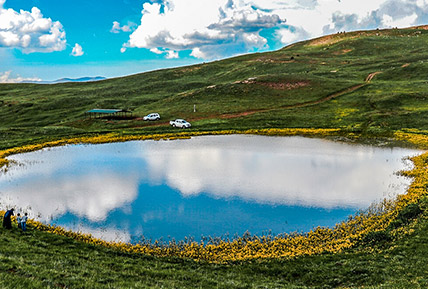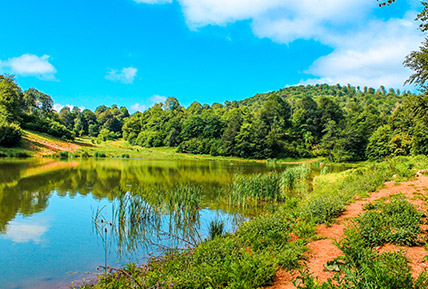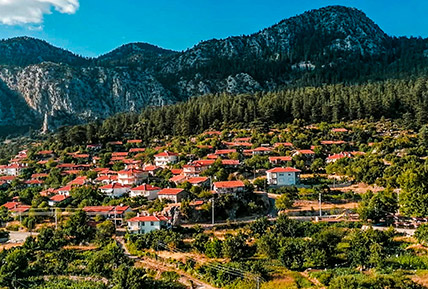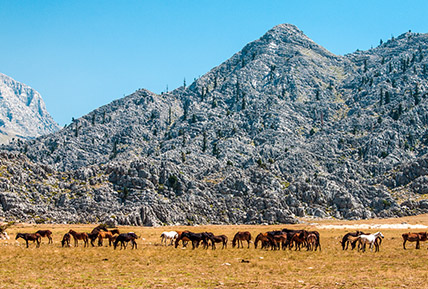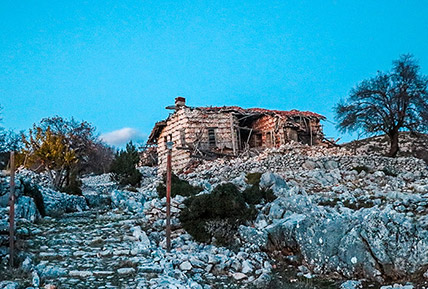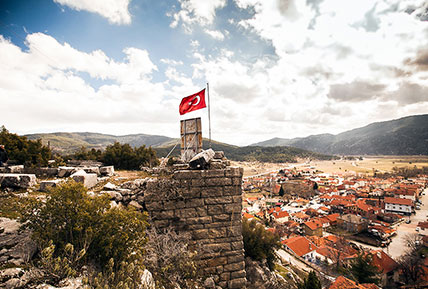Traditional 'Button Houses', plateaus famous for their clean air, endemic plants, museums, and archaeological remains, await you in Akseki.
Akseki, 155 km from Antalya city center, is surrounded by Beyşehir and Seydişehir in the north, Gündoğmuş and Bozkır in the east, İbradı in the west and Manavgat in the south. The district forms the Antalya-Konya provincial border.
Akseki has a deep-rooted historical past dating back to the Roman Empire Period. It was founded in 1288 in the south of the Western Taurus Mountains. The district is also Antalya's district, with the oldest history after Alanya. The old name of Akseki was called Marala, Marola, Marulya, Mala in ancient times, which means 'Land of High Ulema'. The district was connected to Alanya until 1872. It was connected to Antalya after that date. Gündoğmuş of Akseki became separate districts in 1936 and İbradı in 1990.
It is spread over rugged and mountainous terrain. Akseki has an area of 2083 km2 and an altitude of 1050 meters. The vegetation of the district is mostly covered with pine, cedar and fir trees. There are also maquis trees. Akseki is also known as the homeland of the snowdrop flower. It is home to 11 snowdrop species, 3 of which are endemic in Turkey.
In the district, which is under the influence of both the Mediterranean and continental climates, the summer season's temperature is around +28 / 34 degrees. In the winter season, it changes between -18 / +19 degrees. Since the district does not receive regular rainfall and has less arable land, agricultural activities are less in the region. Apart from fruit and vegetable farming in irrigated areas, the main livelihoods in the region are trade, animal husbandry and forestry. Beekeeping, viticulture, walnut and almond cultivation are also carried out in the district, and handicrafts such as weaving, wood carving, copper work, shoemaking and ceramics are common occupations.
Famous for its Tulum cheese and honey, Akseki's delicacies such as Sour Tarhana, Rice with Filiz, Meat with Chickpeas, Noodles, and Demir Dessert are worth tasting.
Akseki is among the important centers of alternative tourism. Tourism activities such as nature tourism, hunting tourism, highland tourism, cultural tourism, cave tourism, mountaineering are carried out in the district. While the Snowdrop Festival, held in April, provides colorful moments to local and foreign tourists. The Çimi Plateau Festival is organized to introduce the region's local culture and geographical richness to wider audiences, and it welcomes hundreds of guests. The district is also famous for its traditional 'Button Houses'. Tourists flock to Sarıhacılar, Belenalan and Bucakalan Villages of the district to see the best examples of these houses, which are among the landmarks of Akseki.
Giden Gelmez Mountain is a mountain goat protection and hunting area. Gümüşdamla and Sinan Hoca Villages, where trout breeding facilities are. They are frequently visited by those engaged in hunting. The district is full of geographical richness and attracts nature lovers with opportunities such as hiking and camping. Leaning on the Taurus Mountains, Akseki draws increasing attention every year, since its natural, historical and cultural beauties.
EDITOR'S NOTE:
Do not leave Akseki before
Seeing the Dipsiz Lake, which is described as the "Evil Eye Bead of the Taurus Mountains" with its natural beauty, unspoiled nature, lotus flowers and deep blue waters,
Without getting lost in the streets full of Buttoned Houses, which take their visitors on a journey through time and display an extremely impressive appearance with their authentic textures.
Seeing Çimi Plateau, which is famous for its honey and snowdrops, evokes very special feelings in its visitors with its harsh nature and its barren-looking, desolate, yet magnificent mountains,
Visiting Akseki Ethnography Museum and I Am Akseki Painting Museum, which reveals the deep-rooted history of Akseki,
Exploring the ancient city of Kagrai, which is in the Cevizli District and is estimated to date back to approximately two thousand years ago,
You can buy wooden spoons made by hand on the spoon-making benches under almost every house in Bademli Town.


